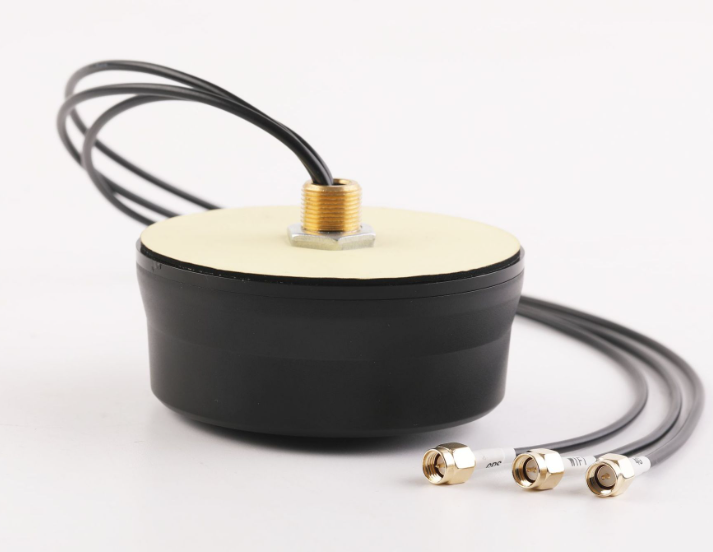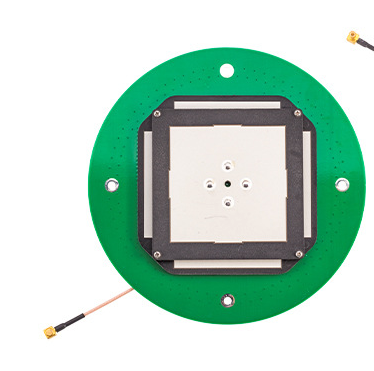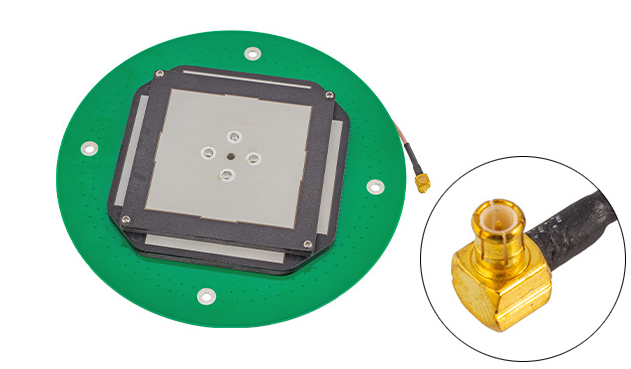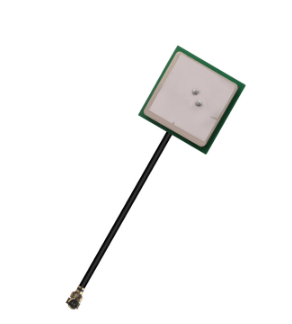Gps Aeronautical Antenna
With the rapid development of science and technology, Global Positioning system (GPS) technology has become an indispensable part of modern life. In the aviation field, GPS technology plays an important role. As an important part of GPS technology, GPS aviation antenna plays a key role in connecting the sky and the ground. This paper will introduce the concept and function of GPS aviation antenna and its application in the field of aviation navigation.
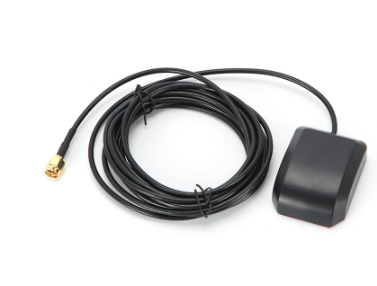
Concept and function of GPS Aeronautical Antenna
GPS aeronautical antenna is an important equipment installed on the aircraft, which is used to receive GPS satellite signals. It is an important part of the GPS receiver. It is responsible for converting the received satellite signals into electrical signals for interpretation and processing by GPS receivers. The functions of GPS aeronautical antennas mainly include:
1. Receiving satellite signals: GPS aerial antennas can receive weak signals from GPS satellites, which contain time and position information.
2. Signal conversion: convert the received satellite signal into an electrical signal for interpretation by the GPS receiver.
3. Accurate positioning: combined with the GPS receiver, the precise position and speed of the aircraft are calculated according to the received satellite signals.
Characteristics of GPS aerial Antenna
1. High precision: GPS aerial antenna has extremely high positioning accuracy, which can provide positioning accuracy of centimeter level or even millimeter level.
2. Strong anti-jamming ability: due to the complex aviation environment, GPS aviation antenna needs to have strong anti-jamming ability to ensure the stable reception of the signal.
3. Good stability: GPS aeronautical antennas need to have good stability to ensure the stable transmission of signals during aircraft flight.
4. Strong durability: the aircraft will face various harsh environments in the course of flight, and the GPS aviation antenna needs to have strong durability.
Application of GPS aerial Antenna in the Field of Air Navigation
1. Aircraft navigation: GPS aerial antenna is an important part of aircraft navigation system, which provides pilots with accurate position, speed and heading information by receiving GPS satellite signals.
2. Flight monitoring: Airlines can use the signals received by GPS aviation antennas to monitor the location and information of aircraft in real time to ensure flight safety.
3. Air traffic management: air traffic management departments can use GPS aviation antennas to monitor and manage air traffic in real time, so as to improve the safety and efficiency of air traffic.
4. Search and rescue and emergency handling: in search and rescue and emergency handling, GPS aerial antenna can quickly locate the location of the accident and provide accurate location information for rescue workers.
5. Flight path planning: GPS aeronautical antenna combined with related software can provide flight path planning for pilots and help pilots choose the best flight route.
Future Development trend of GPS Aeronautical Antenna
With the progress of science and technology, the technology of GPS aviation antenna is also developing continuously. GPS aviation antenna will develop in the direction of higher precision, stronger anti-jamming ability, smaller size and lower cost. With the development of global navigation satellite system (GNSS) such as Beidou navigation system, the future GPS aviation antenna is expected to support a variety of satellite navigation systems and improve the reliability and accuracy of navigation.
As one of the important applications of GPS technology in the aviation field, GPS aviation antenna provides accurate and stable positioning services for modern aviation navigation. In the future, with the continuous development of technology, GPS aviation antenna will play a more important role in the field of aviation navigation by continuously improving its accuracy, stability and anti-jamming ability. GPS aerial antenna will provide more support for aviation safety, flight monitoring, air traffic management and other aspects, leading a new chapter of aviation navigation technology.
